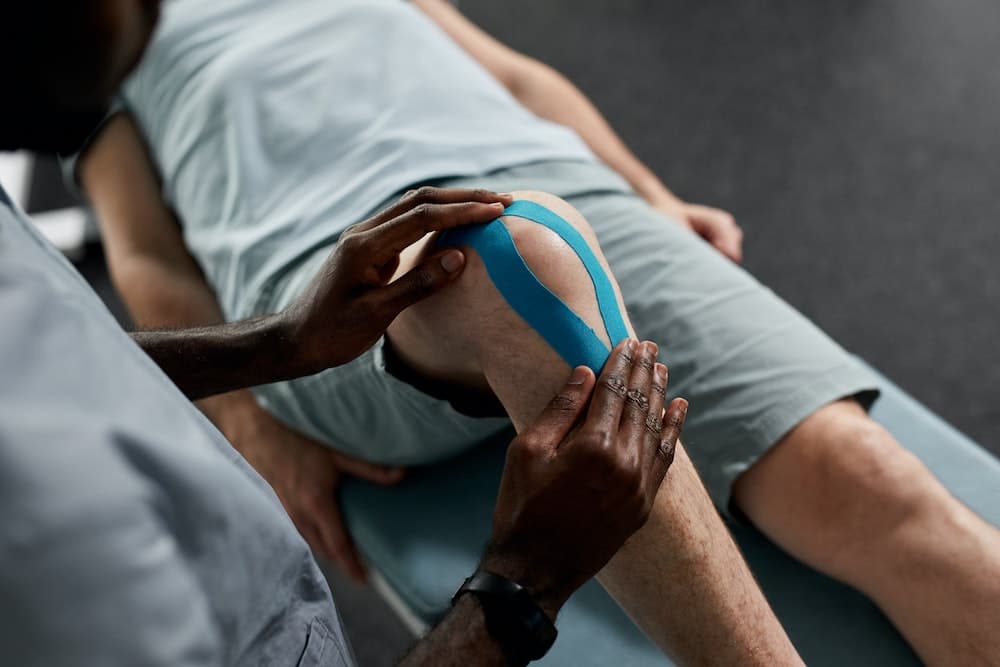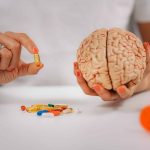Parkinson’s disease, a progressive neurological disorder affecting motor skills and speech, impacts millions of people worldwide. Traditional treatment protocols often include medication and physical therapy. However, recent studies suggest that dance, a form of movement therapy, may offer unique benefits to Parkinson’s patients.
Dance Movement Therapy: An Overview
Dance Movement Therapy (DMT) is a kind of intervention that uses movement and dance as a form of physical, psychological, and social healing. It is recognized by the American Dance Therapy Association as an effective therapeutic tool and has been used in several medical settings.
En parallèle : Can Genetic Testing for Lactose Intolerance Improve Dietary Management?
DMT provides a unique approach to therapy, incorporating both physical exercise and creative expression. For Parkinson’s patients, this combination can be particularly beneficial. The rhythmic qualities of dance help regulate motor movements, while the expressive aspect can combat the social isolation often associated with the disease.
The Link Between Dance and Parkinson’s Rehabilitation
The relationship between dance and Parkinson’s rehabilitation was first studied in depth by a group of scholars who noticed the potential benefits of this intervention. They conducted a review of existing literature and empirical studies, many of which are available on PubMed, a free search engine accessing primarily the MEDLINE database of references and abstracts on life sciences and biomedical topics.
A lire également : What Are the Effects of Living Walls on Indoor Air Quality and Well-being?
The scholars found that dance classes could improve a range of motor symptoms in Parkinson’s patients, including balance, gait, and coordination. The physical movement involved in dance promotes neuroplasticity, the ability of the brain to form and reorganize synaptic connections, especially in response to learning or experience or following injury.
Dance Movement Therapy in Action: The Case Studies
Several case studies illustrate the benefits of dance movement therapy for Parkinson’s patients. In a study of a group dance program for Parkinson’s patients, participants showed significant improvements in physical function and quality of life. The study also noted the social benefits of the group dance classes. Participants reported feeling less isolated and more connected to their community, illustrating the emotional and psychological benefits of dance therapy.
Another study found that Argentine tango, a dance requiring precision, balance, and quick changes of direction, was particularly beneficial for Parkinson’s patients. Participants in the tango class showed improvements in balance and mobility, and also expressed enjoying the music and social interaction involved in the classes.
The Science Behind the Dance: How It Works
So why does dance therapy work for Parkinson’s patients? The answer lies in the intertwining of music, movement, and cognition. Dance is a complex activity that demands coordination, rhythm, and spatial awareness, all of which are areas often affected by Parkinson’s disease.
Music, an integral part of dance, stimulates the brain’s reward centers and can help regulate movement. It has been found that Parkinson’s patients often move more smoothly and easily when their movements are set to music.
Moreover, the creative expression involved in dance can help combat the depression and anxiety often associated with Parkinson’s disease. This form of therapy provides an outlet for emotional expression and a way to connect with others, which can significantly improve mental health.
The Future of Dance Therapy in Parkinson’s Rehabilitation
The potential of dance movement therapy in Parkinson’s rehabilitation is being increasingly recognized by the medical community. More research is being conducted to further understand the mechanisms behind its success and to develop dance programs specifically for Parkinson’s patients.
While dance is not a cure for Parkinson’s disease, it can provide patients with a valuable tool for managing their symptoms and improving their quality of life. As we continue to gain a better understanding of this disease and its impact on the lives of patients, it’s essential that we explore all avenues of therapy – including the arts.
Dance movement therapy embodies a holistic approach to patient care, treating the physical, emotional, and social aspects of Parkinson’s disease. It’s a reminder that effective treatment is not just about managing symptoms, but also about enabling patients to live full and meaningful lives. We all need to dance our own dances, and for those living with Parkinson’s, this dance may just be an essential part of their journey towards wellness.
Exploring the Evidence: Dance Therapy Studies on PubMed and Google Scholar
Delving deep into the body of research available on PubMed and Google Scholar, numerous studies affirm the positive effects of dance therapy on Parkinson’s disease. A considerable number of these studies are PMC free articles, ensuring that the findings are accessible to a wide audience. These studies provide empirical evidence to support what many Parkinson’s patients and their therapists have experienced firsthand.
Several systematic reviews and meta-analyses have been conducted on this topic. A systematic review is a detailed, comprehensive study of the available research, which aims to provide a complete overview of current knowledge on a particular topic. A meta-analysis, on the other hand, combines data from multiple studies to increase statistical power and improve estimates of treatment effects.
One systematic review, available on PubMed, examined the impact of dance classes on motor symptoms of Parkinson’s disease. It found that dance therapy, specifically Argentine tango and contemporary dance, had significant benefits in terms of balance, gait, mobility, and functional mobility. Another meta-analysis published in Mov Disord journal revealed that dance therapy could improve the quality of life of people living with Parkinson’s.
Studies have also been conducted on specific dances, such as the Argentine tango. In tango groups, participants showed significant improvements in balance and motor symptoms. This was attributed to the precise, quick movements required in tango, which helped improve mobility and coordination.
Conclusion: Dance Therapy as a Beacon of Hope
The cumulative findings of research studies listed on platforms like PubMed and Google Scholar echo the same sentiment – dance therapy offers substantial benefits to people living with Parkinson’s disease. The effects of dance therapy range from improved balance, coordination, and functional mobility to a better quality of life.
The positive impact of dance therapy is not limited to the physical realm. It transcends to the emotional and social spheres, as dance classes provide a platform for social interaction, reducing feelings of isolation. The psychological benefits of dance cannot be overlooked as the creative expression it fosters serves as a powerful tool to combat depression and anxiety often associated with Parkinson’s disease.
Integrating dance movement therapy into traditional Parkinson’s rehabilitation programs provides a more holistic approach to patient care. As research continues to shed light on its benefits, the hope is that more healthcare providers will embrace this form of therapy. While it is not a cure, dance therapy can offer Parkinson’s patients a way to manage symptoms, improve their overall well-being, and dance their way to a better quality of life.
In conclusion, dance movement therapy represents a beacon of hope for those living with Parkinson’s. It serves as a testament to the fact that healing can come in various forms, and sometimes, it may just involve dancing to the rhythm of life. After all, as the saying goes, ‘Life isn’t about waiting for the storm to pass, it’s about learning to dance in the rain.’






